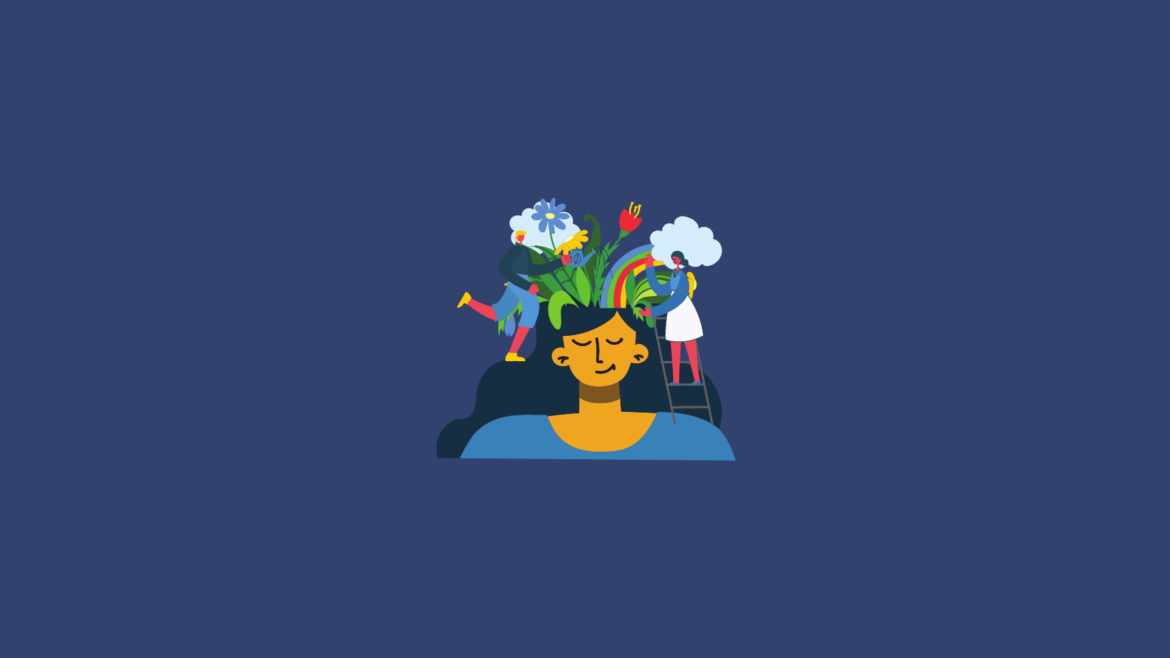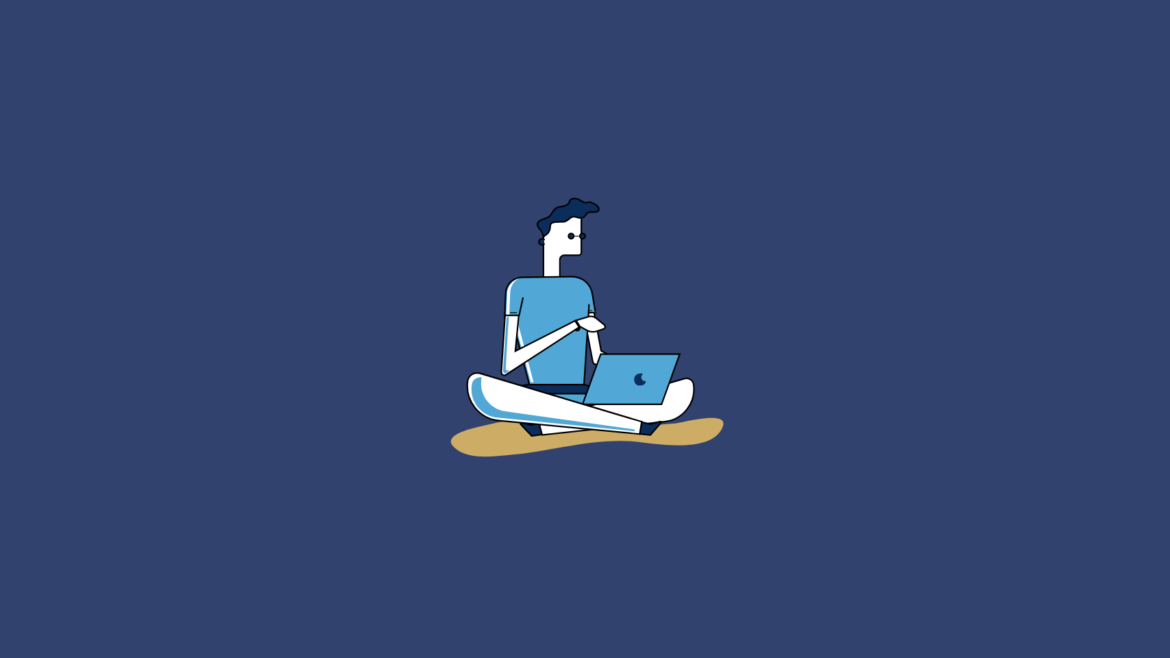Creativity: How To Overcome Creative Blocks In Art And Life
Creativity: How To Overcome Creative Blocks In Art And Life
How to artfully overcome creative blocks
Creativity is often associated with art, but it’s something we all possess. Whether we’re painting a picture, writing a story, or coming up with a new invention, we’re using our creativity.
Sometimes, though, we can get stuck. We can’t think of anything new to write, or we can’t seem to get started on that painting. This is called a creative block.
There are some things you can do to artfully overcome a creative block. The first thing is to not force it. If you’re feeling stuck, take a break. Go for a walk, or watch a movie. Something will come to you eventually.
Another thing you can do is to look at other artists’ work for inspiration. Go to a museum, or look online. See how other people have used color, or composition, or line. Then use those ideas to help you create something new.
And finally, don’t be afraid to experiment. Try something new, even if it’s not perfect. The more you practice, the better you’ll get, and the more likely you are to come up with something great.
How to use creativity to enhance your life
Creativity is a vital part of life. It can enhance your life in so many ways. If you’re a beginner, here are some ways you can use creativity to enhance your life.
1. Use creativity to express yourself.
Creativity is a great way to express yourself. Whether you’re a musician, artist, writer, or just love to doodle, expressing yourself through creativity can be very therapeutic. It can also be a great way to communicate with others.
2. Use creativity to problem-solve.
If you’re feeling stuck, creatively brainstorming can help you come up with new solutions to problems. Whether you’re trying to figure out a personal issue or solve a work-related problem, creativity can help you think outside the box and come up with new ideas.
3. Use creativity to relax and de-stress.
Being creative can be a great way to relax and de-stress. Whether you enjoy painting, coloring, knitting, or just listening to music, letting your creative side out can help you unwind and de-stress.
4. Use creativity to boost your mood.
Creativity can be a great way to boost your mood. If you’re feeling down, try doing something creative. Even if it’s just doodling or listening to your favorite song, being creative can help you feel better.
5. Use creativity to connect with others.
Being creative can help you connect with others. Whether you’re sharing your art with others or just talking about your favorite creative activities, connecting with others can be a great way to make friends and build relationships.
6 ways to overcome creative blocks
Creative blocks are a common problem for people who want to be creative, whether in art or in other areas of life. Fortunately, there are a number of things you can do to overcome them.
- Take a break. Sometimes the best way to overcome a creative block is to take a break. Get up and walk around, take a nap or just step away from your work to clear your head. This can help refresh your mind and give you a new perspective on how to approach your project.
- Doodle. Sometimes the quickest way to break out of a creative rut is to simply start doodling. Draw a picture, write down a list of ideas, or just get your hands moving. The more you get your creative juices flowing, the easier it will be to start producing great ideas.
- Take a class. If you’re having trouble getting started, it might help to take a class or participate in a workshop. There’s nothing like learning from a professional to jump start your creativity.
- Get organized. This one might seem a bit counterintuitive, but sometimes getting your workspace organized can help you feel more creative. When your space is cluttered, it can be difficult to focus on your work. But when everything is in its place, you’ll feel more relaxed and be able to think more clearly.
- Take a trip. If you’re really struggling to find inspiration, sometimes it helps to get out of town. Go someplace new and explore. It doesn’t have to be a far-flung destination; even a day trip to a nearby town can do the trick.
- Keep a journal. Keeping a journal is a great way to document your creative journey. Write down your ideas, your successes and your failures. This can be a valuable resource to look back on when you’re feeling stuck.
By following these tips, you’ll be well on your way to overcoming creative blocks.
More tips to help you when you feel creatively blocked
If you’re feeling creatively blocked, don’t worry – you’re not alone. Here are 10 tips to help you get your creative juices flowing again.
- Talk to other creatives. When you’re feeling blocked, talking to other creatives can give you some great ideas. Ask them how they overcame their own creative blocks.
- Take a walk. Getting some fresh air can do wonders for your creativity as it is the the most natural form of movement a human can make. Take a walk around the block or go for a hike in the woods.
- Listen to music. Music can be a great inspiration for creative projects. Put on your favorite album and see where it takes you.
- Read a book. Reading can also be a great way to overcome a creative block. Read something that’s outside of your usual genre or comfort zone.
- Brainstorm with someone. Brainstorming with a friend or colleague can help you come up with new ideas.
- Take a class. Sometimes the best way to overcome a creative block is to learn something new. Sign up for a class or workshop and expand your skills.
- Just start. The hardest part of any creative project is often just getting started. So if you’re feeling blocked, just start. Write a sentence, paint a stroke, take the first step. And once you get going, you’ll be surprised at how easy it is to keep going.


